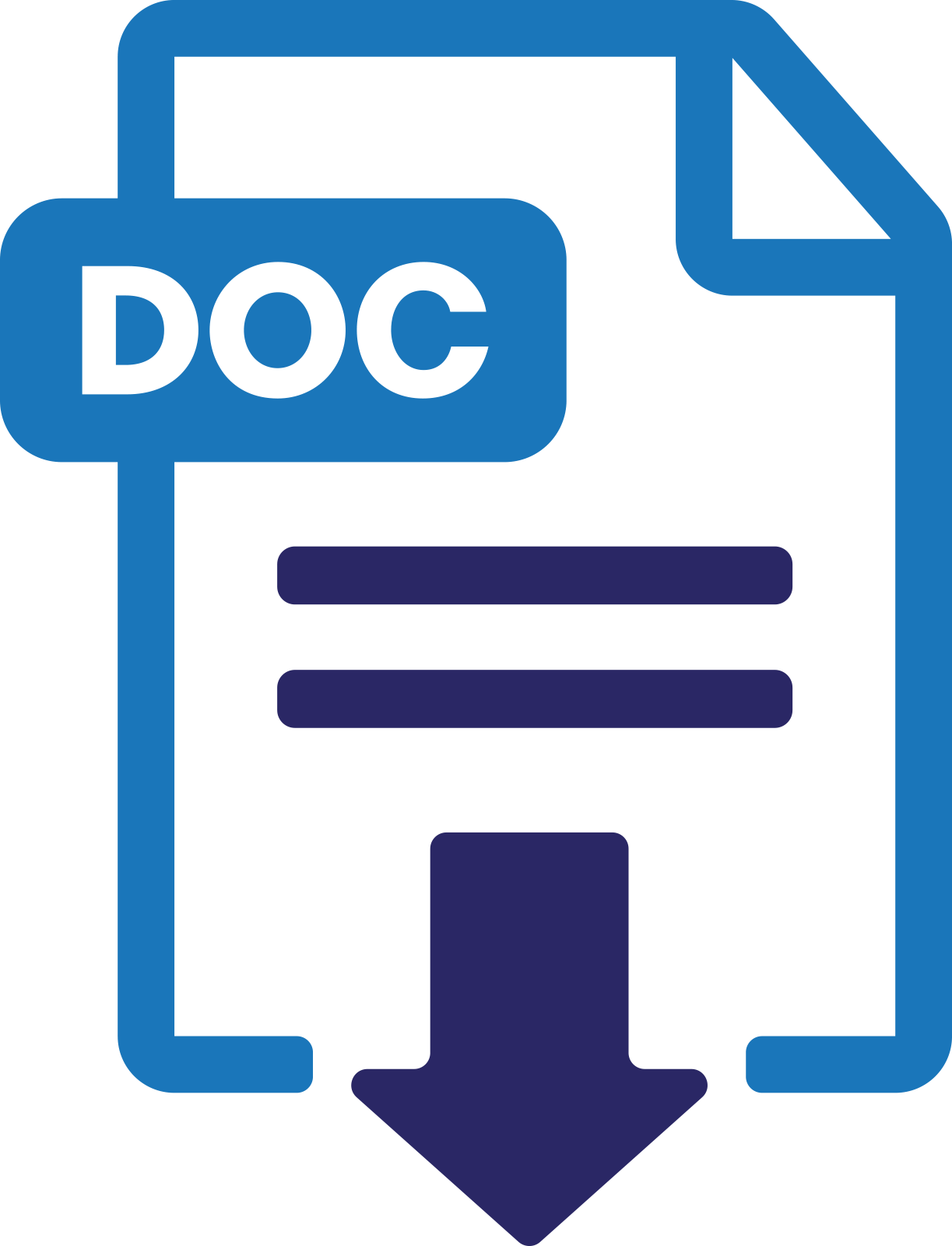Evaluation of Nickel Manganese Cobalt (NMC) 111 and Lithium Cobalt Oxide (LCO) products
Abstract
Full Text:
PDFReferences
[1] C. S. Yudha, A. P. Hutama, M. Rahmawati, and M. Arinawati, “cathode material for high capacity NCA / graphite secondary battery fabrication,” pp. 501–510, 2022.
[2] K. Yu, J. Li, H. Qi, and C. Liang, “High-capacity activated carbon anode material for lithium-ion batteries prepared from rice husk by a facile method,” Diam Relat Mater, vol. 86, no. April, pp. 139–145, 2018, doi: 10.1016/j.diamond.2018.04.019.
[3] S. U. Muzayanha et al., “Lithium Nickel Cobalt Aluminum Oxide Material from Cathode Waste”.
[4] A. R. Nurohmah, C. S. Yudha, A. Purwanto, and H. Widiyandari, “Synthesis and Characterization of NMC622 Cathode Material Modified by Various Cheap and Abundant Transition Metals for Li-ion Batteries Synthesis and Characterization of NMC622 Cathode Material Modified by Various Cheap and Abundant Transition Metals for ,” vol. 9, no. 2, pp. 427–437, 2022.
[5] F. Taufany et al., “The Synthesis of Activated Carbon from Waste Tyre as Fuel Cell Catalyst Support,” Evergreen, vol. 9, no. 2, pp. 412–420, 2022, doi: 10.5109/4794166.
[6] J. Kanthachan, O. Khamman, U. Intatha, and S. Eitssayeam, “Effect of reducing calcination processing on structural and electrochemical properties of LiNi0.5Mn0.3Co0.2O2cathode materials for lithium battery,” in Materials Today: Proceedings, 2021, vol. 47, pp. 3600–3603. doi: 10.1016/j.matpr.2021.03.691.
[7] B. A. Mahmoud, A. A. Mirghni, K. O. Oyedotun, D. Momodu, O. Fasakin, and N. Manyala, “Synthesis of cobalt phosphate-graphene foam material via co-precipitation approach for a positive electrode of an asymmetric supercapacitors device,” J Alloys Compd, vol. 818, p. 153332, 2020, doi: 10.1016/j.jallcom.2019.153332.
[8] A. Wahyu Yusariarta Putra Parmita et al., “SPECTA Journal of Technology Karakteristik Buah Nipah Karbon Aktif dari Serabut Nipah Teraktivasi Potassium Hydroxide (KOH),” SPECTA Journal of Technology, vol. 4.
[9] S. S. Nisa et al., “Preliminary Investigation of NiO Anode for NCA/NiO Battery from Spent Catalyst Recovery,” IOP Conf Ser Mater Sci Eng, vol. 1096, no. 1, p. 012140, 2021, doi: 10.1088/1757-899x/1096/1/012140.
[10] A. Purwanto, C. S. Yudha, U. Ubaidillah, H. Widiyandari, and T. Ogi, “NCA cathode material : synthesis methods and performance enhancement efforts NCA cathode material : synthesis methods and performance enhancement efforts,” 2018.
[11] C. S. Yudha et al., “Production of nickel-rich LiNi0.89Co0.08Al0.03O2cathode material for high capacity NCA/graphite secondary battery fabrication,” Open Engineering, vol. 12, no. 1, pp. 501–510, Jan. 2022, doi: 10.1515/eng-2022-0051.
[12] A. R. Nurohmah, C. S. Yudha, A. Purwanto, and H. Widiyandari, “Synthesis and Characterization of NMC622 Cathode Material Modified by Various Cheap and Abundant Transition Metals for Li-ion Batteries Synthesis and Characterization of NMC622 Cathode Material Modified by Various Cheap and Abundant Transition Metals for ,” vol. 9, no. 2, pp. 427–437, 2022.
[13] M. Hakam, A. Dharmawan, M. Arinawati, A. Purwanto, and C. S. Yudha, “Sintesis dan Analisis Struktur Prekursor NMC811 dari Mix Hydroxide Precipitate (MHP) dengan Presipitan Asam Oksalat,” Equilibrium Journal of Chemical Engineering, vol. 5, no. 2, Jan. 2022, doi: 10.20961/equilibrium.v5i2.58478.
[14] C. S. Yudha et al., “Production of nickel-rich LiNi0.89Co0.08Al0.03O2cathode material for high capacity NCA/graphite secondary battery fabrication,” Open Engineering, vol. 12, no. 1, pp. 501–510, Jan. 2022, doi: 10.1515/eng-2022-0051.
[15] M. Arinawati, F. A. Nugroho, and C. S. Yudha, “A Layered Lithium Nickel Manganese Oxide as Environmentally Friendly Cathode Material for Secondary Batteries.” [Online]. Available: http://jurnal.uns.ac.id/esta
[16] A. P. Hutama, M. Arinawati, E. Apriliyani, Y. R. Azinuddin, and C. S. Yudha, “LiCoO2 Cathode Material Prepared through Two Step Sintering Process.” [Online]. Available: http://jurnal.uns.ac.id/esta
[17] E. Apriliyani, M. Arinawati, S. S. Nisa, S. U. Muzayanha, and T. Paramitha, “Li-ion Batteries Waste Processing and Utilization Progress: A Review.” [Online]. Available: http://jurnal.uns.ac.id/esta
[18] M. Arinawati, A. P. Hutama, C. S. Yudha, M. Rahmawati, and A. Purwanto, “Facile rheological route method for LiFePO4/C cathode material production,” Open Engineering, vol. 11, no. 1, pp. 669–676, Jan. 2021, doi: 10.1515/eng-2021-0068.
[19] I. P. Lestari et al., “ Synthesis LiFePO 4 at Various Atmosphere Condition ,” IOP Conf Ser Mater Sci Eng, vol. 1096, no. 1, p. 012141, Mar. 2021, doi: 10.1088/1757-899x/1096/1/012141.
[20] M. Arinawati, F. A. Nugroho, and C. S. Yudha, “A Layered Lithium Nickel Manganese Oxide as Environmentally Friendly Cathode Material for Secondary Batteries.” [Online]. Available: http://jurnal.uns.ac.id/esta
DOI: https://doi.org/10.20961/esta.v2i2.67968
Refbacks
- There are currently no refbacks.



